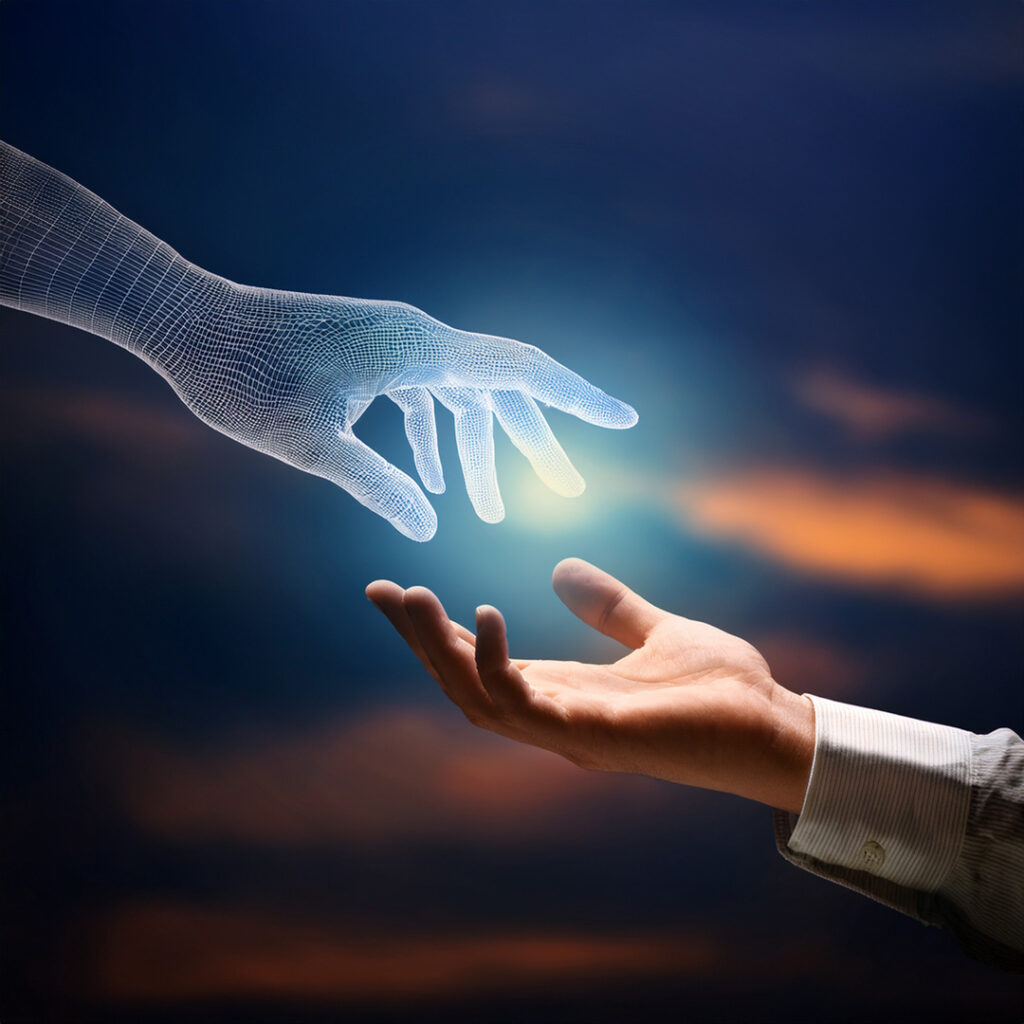
AI in Art: Tool or Threat to Human Creativity?
AI in Art: Tool or Threat to Human Creativity?
Over the past few years, artificial intelligence (AI) has entered the realm of art, producing digital paintings and music, poetry and interactive installations. This has set off a continuous debate: Is AI an awesome tool for artists, or is it a menace to authentic human creativity?
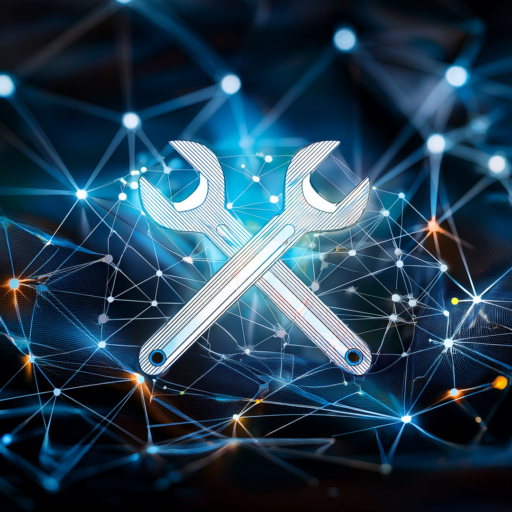
Expanding Creative Possibilities
On the other hand, AI offers artists exciting new possibilities. Artists can generate visual concepts, blend styles, or speed up production processes using tools like DALL·E, Midjourney, and Runway ML. Such tools allow artists to experiment with new things with more ease and liberty, bringing forth ideas that they would have never been able to think up on their own. AI doesn’t steal the creative spark—it doubles it. Musicians, for example, are using AI to suggest chord progressions or beats, whereas designers use it for rapid prototyping.
Democratizing Creativity
Moreover, AI democratizes creativity. You no longer need to spend years learning to make stunning images or music. With an idea and internet, anyone can now bring it into existence. This opens doors to underrepresented groups in the arts, which makes the art world more diverse and innovative.
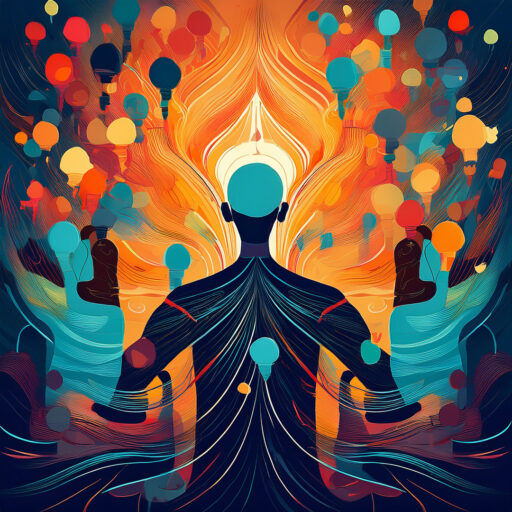
The Case Against AI in Art
But critics argue that AI art lacks depth in emotion and intention—two things which comprise human creativity. AI is not happy, sad, or curious like humans. It simply learns patterns from the data it possesses, so it’s rehashing the past, not innovating anything. When a computer produces a painting, who is the real artist: the AI, the software developer, or the fellow who typed in a command?
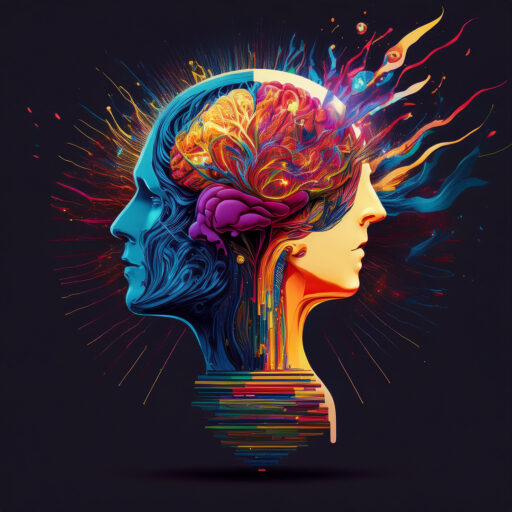
Ethics and Originality Concerns
Originality and ethics are also issues. AI seeks out to pull from massive databases filled with copyrighted content, not necessarily with permission. That infringes on matters of intellectual property and fairness—can an AI work be “original” if it’s built from pieces of another individual’s work?
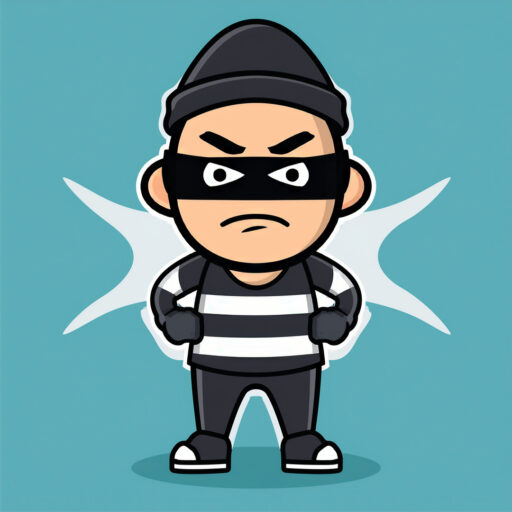
Final Thoughts: A New Creative Frontier
In the end, AI is both tool and danger—it’s both, depending on our uses for it. As it was with the camera or synthesizer previously, AI is merely the next technology that challenges our ideas about what art could be. Rather than being frightened by it, artists and viewers should engage it critically and creatively.
Human creativity isn’t being usurped—it’s being redefined. And maybe that’s where the real art is.
P.S. All the images for this blog post were generated using AI.
More From The Author
-
Digital Canvases: When Websites Become Works of Art
The Web as a Creative Playground Websites were once just utilitarian tools aimed at delivering information. Today, they are interactive visual experiences—digital canvases where designers paint with pixels, motion, and interaction. Web design is now a method of storytelling, feeling,…
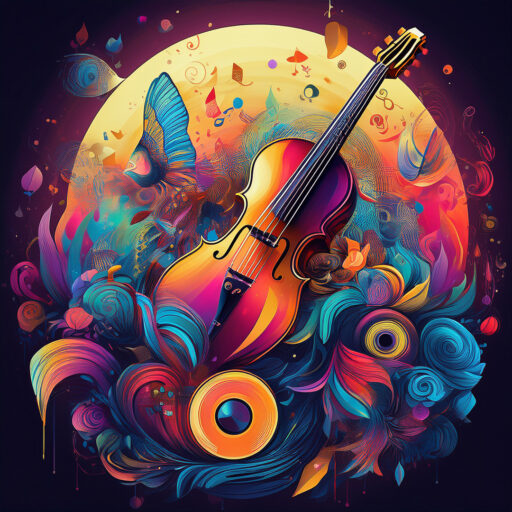

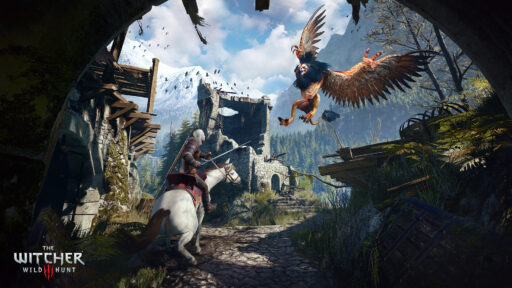

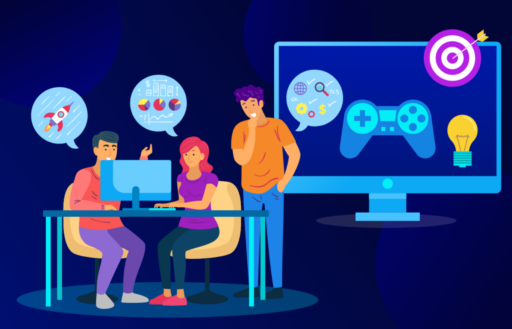
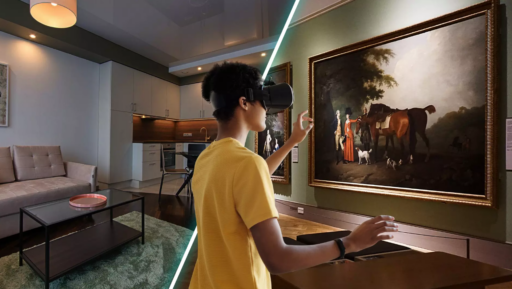
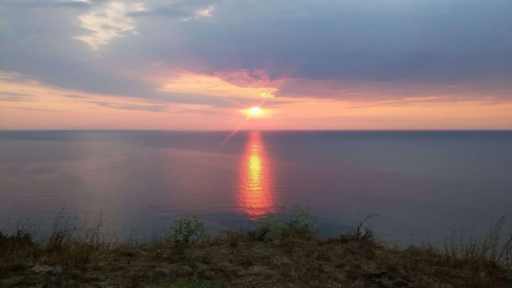
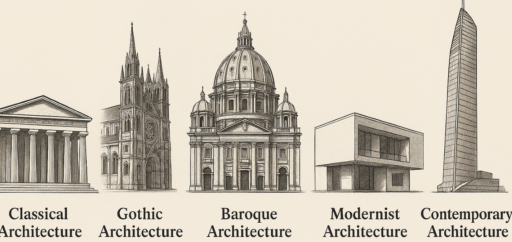
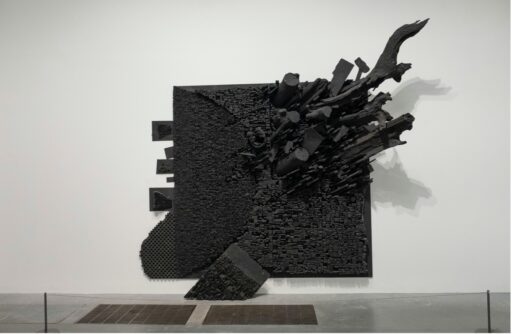
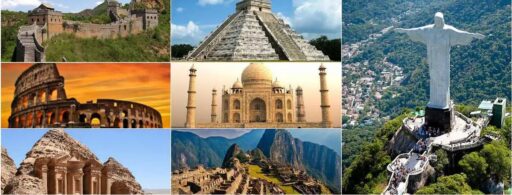
AI can’t create something new on its own – it only changes the pattern. I believe, AI will only support artists and not replace them in the near future. On the other hand, only the best artist will survive because simple art will be done by AI
I really like that the post explained the danger it poses to human artists. As someone who is in the art community I can tell you – AI is not liked there. It is trained by using artwork made by people, often without consent. Personally, I don’t think it can be classified as art.
It’s a great post if you’re interested in this topic and haven’t been keeping up with the news about AI.
Although Daniel and I share similarities in our posts about AI, his includes additional details on some of the points I covered. His post is more concise and better suited for a general audience, whereas in mine I explore certain topics in greater depth.